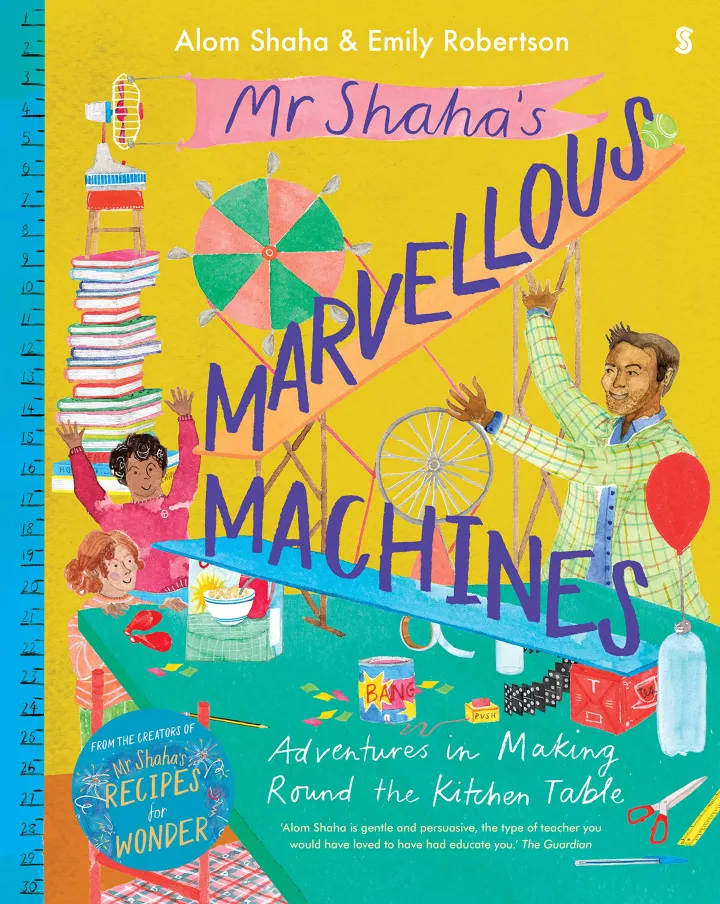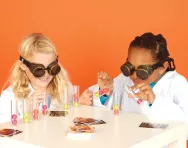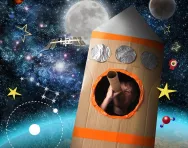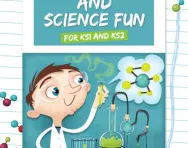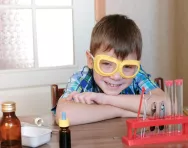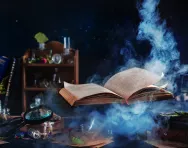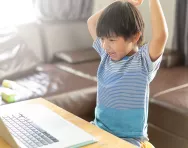Important update from TheSchoolRun
For the past 13 years, TheSchoolRun has been run by a small team of mums working from home, dedicated to providing quality educational resources to primary school parents. Unfortunately, rising supplier costs and falling revenue have made it impossible for us to continue operating, and we’ve had to make the difficult decision to close. The good news: We’ve arranged for another educational provider to take over many of our resources. These will be hosted on a new portal, where the content will be updated and expanded to support your child’s learning.
What this means for subscribers:
- Your subscription is still active, and for now, you can keep using the website as normal — just log in with your usual details to access all our articles and resources*.
- In a few months, all resources will move to the new portal. You’ll continue to have access there until your subscription ends. We’ll send you full details nearer the time.
- As a thank you for your support, we’ll also be sending you 16 primary school eBooks (worth £108.84) to download and keep.
A few changes to be aware of:
- The Learning Journey weekly email has ended, but your child’s plan will still be updated on your dashboard each Monday. Just log in to see the recommended worksheets.
- The 11+ weekly emails have now ended. We sent you all the remaining emails in the series at the end of March — please check your inbox (and spam folder) if you haven’t seen them. You can also follow the full programme here: 11+ Learning Journey.
If you have any questions, please contact us at [email protected]. Thank you for being part of our journey it’s been a privilege to support your family’s learning.
*If you need to reset your password, it will still work as usual. Please check your spam folder if the reset email doesn’t appear in your inbox.
Simple scientific makes for kids
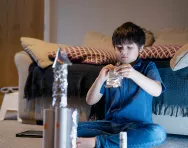
Over the years, I’ve come across many examples of simple toys that can be made from things you might have lying around the house. The joy to be had from such toys isn’t just from playing with them, but from making them. It is tremendously satisfying and empowering to make your own rubber-band powered boat or balancing bird instead of buying it from a shop.
Strictly speaking, a ‘machine’ is something that does something useful or makes things easier for us, like a car or a vacuum cleaner. But I think that making contraptions and toys provides fun and wonder — and this also makes them useful. It’s not just the finished product that’s useful; the process of making these machines, and getting them to do what they’re supposed to, will help you understand how they work in a way that simply playing with them wouldn’t.
There are other benefits to making things for yourself, including developing your creativity, scientific thinking, problem-solving, and practical skills. I think we all have an innate desire to make things, but often lack the opportunity to do so in the modern world, where so much of what we consume and use is made for us. I don’t want to make any promises, but constructing ‘marvellous machines’ might just bring you joy in ways you haven’t imagined, and make you better equipped to go out and help the world with your own ideas and skills.
Rubber-Band Racer
Very few machines have changed the world as much as cars have. On the positive side, they made it much easier for people to travel long distances, and to transport things like food from one place to another. However, cars have also been responsible for producing a lot of pollution and contributing to climate change.
Sadly, this rubberband-powered car isn’t the solution to more environmentally friendly transport, but it will provide you with a challenging build and lots of fun if you get it right!
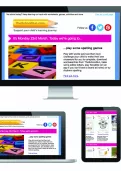
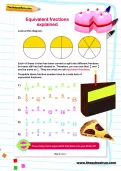
Boost your child's maths & English skills!
- Follow a weekly programme
- Maths & English resources
- Keeps your child's learning on track
Balancing Bird
As a science teacher, I often use toys in my lessons to demonstrate scientific principles in action. One of my favourites is the ‘balancing bird’, which seems to defy gravity and go against all our intuition about how things should balance.
I hope you’ll find this toy as delightful as my students do, and that making your own helps you to learn about how it works so you can go on to design and make other balancing toys.
More marvellous machines for primary school children to make
Enjoyed these quick and easy science makes? There are plenty more to try out!
In Mr Shaha’s Marvellous Machines (£12.99, Scribble UK), the highly anticipated sequel to Mr Shaha’s Recipes for Wonder from science teacher and writer Alom Shaha, you'll find out how to transform and recycle household objects into homemade toys and machines suitable for ages 7 to 9.
Each of the 15 projects detailed in the book helps kids to develop skills in key STEM areas, encourages the joy of making things. There's no need to invest in expensive supplies or specialist items – the materials, like rubber bands and food colouring, can be found in your house right now.





